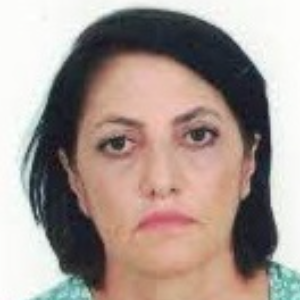Title : Wound healing potential of a formula based on Populus nigra buds ethanolic extract
Abstract:
Populus nigra (Salicaceae) buds are traditionally used in the treatment of dermatitis, upper respiratory tract infections and rheumatism1. Wound healing is a complex, dynamic process supported by a myriad of cellular events tightly coordinated to efficiently repair damaged tissue. The excision model in rats allowed us to assess the wound healing potential of poplar ointment containing 10 or 20% of ethanol extract of P. nigra. The ointment was topically applied on the area of excised skin of the rats for 20 days. Morphological, macroscopic, histological and biochemical parameters were evaluated. Results showed that the extract contained high amounts of total phenols (89.5± 7.7 mg caffeic acid equivalent/g of extract) and hydrolysable tannins (142.05 ± 2.55 mg tannic acid equivalent/g of extract). No toxicity was noted in the hemolytic test. Enzymatic assays conducted on tissue homogenates of skin treated with 10 or 20% ointment revealed respective upgraded CAT (0.10 ± 0.005; 0.08 ± 0.004 U/mg protein) and SOD (363.35 ± 24.37 ; 317.82 ± 53.83 U/mg protein) activities, enhanced anti-inflammatory activities (MPO) probably contributing to the wound contraction results (90.49±0.37; 90.13± 1.78%) after 10 and 20% ointment treatment, respectively, compared to untreated, standard and excipient groups. Moreover, treatment with 10 or 20% ointment triggered a significant increase in respective levels of hydroxyproline (28.05 ± 1.20; 25.29 ± 1.17 mg/mg tissue) and hexosamine (20.18 ± 1.21; 18.95 ± 1.98 mg/mg tissue, reflecting a high regeneration of collagen in the scarred tissue. Histological examination also showed improvement in wound healing in groups treated with poplar ointments, by the restoration of the normal architecture of the skin. Our findings provide scientific evidence for the traditional use of P. nigra in skin regeneration by displaying a significant wound healing activity, the 10% formula being the optimal concentration needed.
Audience Take Away Notes:
- The audience can learn a lot about the wound healing and anti-inflammatory activities of P. nigra flower buds
- They can learn in vivo methodology and other in vitro anti-inflammatory techniques
- This research is useful in research to learn the development of herbal medicine formulations
- P. nigra flower buds contain important polyphenols that can be exploited in the pharmaceutical industry to develop drugs based on natural bioactive compounds



